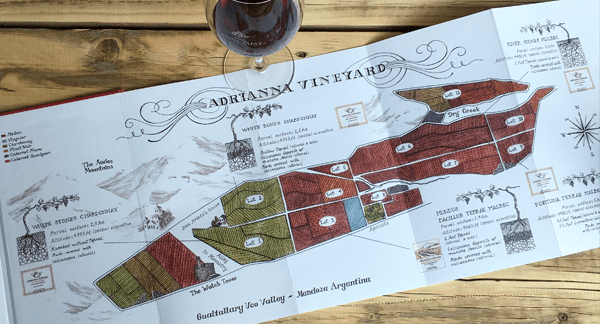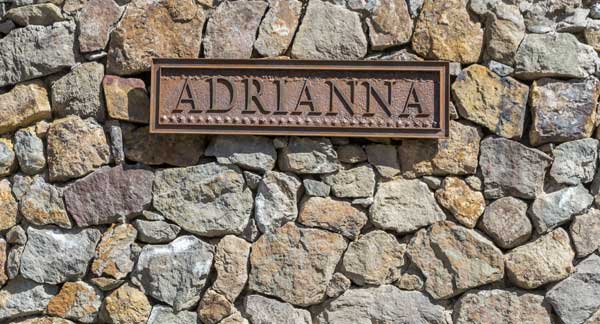Adrianna Vineyard
South America’s Grand Cru
«Words do not do justice to this beauty.»
Today, the team at the Catena Institute of Wine is dedicated to studying every meter, every rock, every insect and microorganism in the Adrianna Vineyard, making it perhaps the most studied vineyard in the world.

Over the years, Nicolás Catena Zapata discovered the influence altitude has on fruit quality. As one climbs the altitudes of the Andes the average temperature decreases and the amplitude between day and night temperatures increases.
This environment provides the ideal climate for grape maturation. Each of the Catena Zapata family vineyards is divided into parcels according to their soil composition. These parcels are farmed individually, with an eye on encouraging their most authentic fruit expression.
